Results
-
 £134.99
£134.99Gulliver's Travels - Bert Appermont
The book Gullivers Travels (1726) by author Jonathan Swift formed the provocation for writing this composition. Even though this composition isnt a literal representation of the original story, a number of elements were still retained. The shipsdoctor Gulliver finds himself in 4 (fictive) areas, each with their own inhabitants and customs. Each part of this suite also received the name of one of these areas:I. Lilliput The enterprising Lilliputians are represented by a playful, common themein the first part.II. BrobdingnagIn the land of "Brobdingnag" Gulliver is carried off by gigantic giants, which you hear approaching with the sounds of the bassinstruments. The same theme is constantly repeated and quickened in order to increase thetension.III. LaputaLaputa is an island that floats in the air; its inhabitants are strange people with slanting heads. The dreamy, special atmosphere is especially well conveyed here.IV. The HouyhnhnmsFinally Gulliver finds himself in the land of theHouyhnhnms, where intelligent and noble horses rule over the primitive, undeveloped people (yahoos). The trumpets in the brilliant opening express the galloping horses; the gallant theme that follows (horns and trombones) symbolises the primitiveyahoos. The whole composition ends with a big finale.I intentionally tried to limit the degree of difficulty of Gullivers Travels. Despite this I think that this work can appeal to many orchestras due to the colourful orchestration (cues areprovided where needed), the simple and clear theme and the highly imaginative breeding ground of a beautiful story around which this composition is built."
Estimated dispatch 7-14 working days
-
£159.99
Fantasia Per La Vita E La Morte - Bert Appermont
The mystique surrounding life and death formed the starting point of this composition. I wanted to write a work without a story, mixed up in a kind of musical quest for a new world of sound, original rhythm sequences, melodies filled with suspenseand distinct orchestral tones.The indirect cause was the birth of my first child which took place during this time, followed by the death of a close family member. At such a moment you experience just how close life and death are to each other, anddespite one being the antithesis of the other, they are incredibly similar. Both radical events are passages into new worlds and have great emotional impact. Moreover, the work was commissioned by "New Life", an orchestra that lost one of itsmusician in a plane crash, which also led me to believe that this approach would be appropriate.I would prefer not to comment on which passages in the composition concern life (birth) and which refer to death. It seems to me that it is moreinteresting to question traditional conceptions and leave it open for the listener. If you think that a passage is about birth, and this idea then shifts, it is this that raises fascinating questions, on both a musical and metaphysical level.Music isin an indirect but incredibly persuasive way in which to express the endless striving and seeking of mankind. Music can even touch eternity, as it were, and give us the feeling that we can transcend death. This endless search (and also longing) canbe heard throughout the work; as much in the sound fields and accent shifts in the first part as in the enormous tension curves and compelling themes of the second part. The semi-tone functions in this way as a guide or something to hold on to,running through the whole work and upon which much of the musical material is based. Traces of profound love resound with quiet simplicity in the slow section's melodious solos, after which the work contemplates life and death one last time, musesupon joy and sadness, on the possibilities and limitations of people and on the why of all things.I would like to dedicate this work to my dearest daughter Paulientje, to Meterke and to Johan de Jong of the "New Life" orchestra. May it fare themwell, here or in another dimension...
Estimated dispatch 7-14 working days
-
 £202.99
£202.99Selections from Kiki's Delivery Service - Joe Hisaishi
Famous musicologist Yuji Numano identified an interesting relationship between classical and film music. Film music is like a second child of 19th century classical music (the first child being 20th century modern music). Although they have a parent-child relationship, there are still major differences."The basic `form' is different. In the history of classical music art forms, there is a continuing dispute on how to convey a story only through music. On the other hand, as a part of motion pictures, film music at times has difficulty being an autonomous art form separate from the visual media. Indeed, film scores alone can lack musical substance. In the sense of acoustical effectiveness, film scoring has absorbed the total aspect of modern and classical music. Yet, there is still a huge distinction from classical music regarding recognizing film music as a standard art form."This Selections from "KIKI'S Delivery Service" is my seventh arrangement of Joe Hisaishi's works. They are either in medley or suite styles. It might be an exaggeration, however, to cite back to Mr. Numano, I have attempted to compensate for the lack of substance in film music by creating an art form more like classical music. Medley should not be about cherry-picking the best bits. I prefer that performers consider the significance of the work's overall structure.It has been 20 years since the premier of the feature animation film "KIKI'S Delivery Service" based on Eiko Kadono's literature for children. Numerous romantic melodies by Joe Hisaishi are used for many occasions and are still very popular. In this arrangement, I have made a medley from the following scenes:1. A Town with an Ocean View2. Starting the Job3. Heartbroken Kiki4. A Gust5. DeparturePlease note that the 4th scene A Gust comes from the "image album" prior to the soundtrack production and is not used in the actual movie.(Kazuhiro Morita, 2008)
Estimated dispatch 7-14 working days
-
 £76.99
£76.99The Genius of Ray Charles
The amazing life story of Ray Charles is featured in the movie Ray starring Jamie Foxx. Ray's unique style and passion for music is forever etched in our country's cultural fabric. Michael Brown gives us a masterful blend of theunforgettable hits Georgia On My Mind, I Can't Stop Loving You, What'd I Say, Hallelujah I Love Her So and Let the Good Times Roll.
Estimated dispatch 7-14 working days
-
 £76.99
£76.99Tribute to Whitney Houston
As the world mourns the loss of Whitney Houston, we also celebrate her legacy of marvelous music. Here is a well-paced and effective medley of hits that includes: How Will I Know, Saving All My Love for You, I Wanna Dance WithSomebody, and I Will Always Love You.
Estimated dispatch 7-14 working days
-
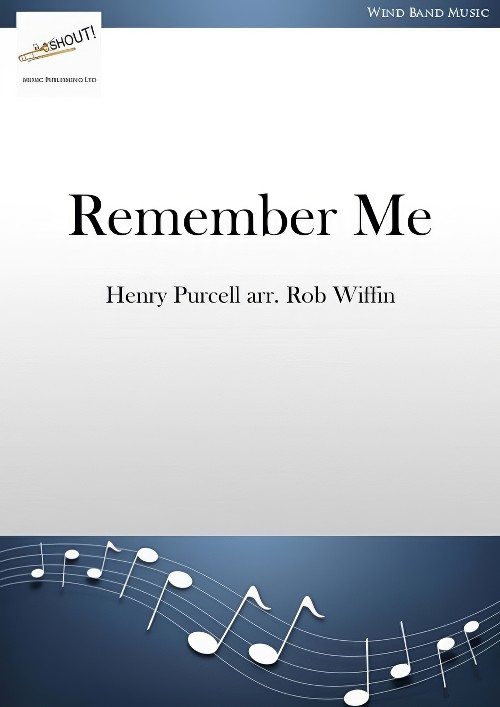 £36.95
£36.95Remember Me (Concert Band - Score and Parts) - Purcell, Henry - Wiffin, Rob
An arrangement for wind band of Purcell's haunting Dido's Lament. This arrangement was made in the period of national mourning following the death of Her Majesty Queen Elizabeth II. I needed something as a reflective concert piece and chose to arrange Dido's Lament - the aria "When I am laid in earth" from the opera Dido and Aeneas by the English composer Henry Purcell (1659-1695). There have been various versions of this beautiful song from Stokowski's lush orchestration to Annie Lennox's more lateral slant. While not wanting to try and completely emulate the original, I did not want to stray too far from it. Purcell's style of Baroque music was uniquely English and, for the theoretically minded, this aria makes exemplary use of the passus duriusculus in the ground bass.- Rob WiffinDuration: 3.30
Estimated dispatch 7-14 working days
-
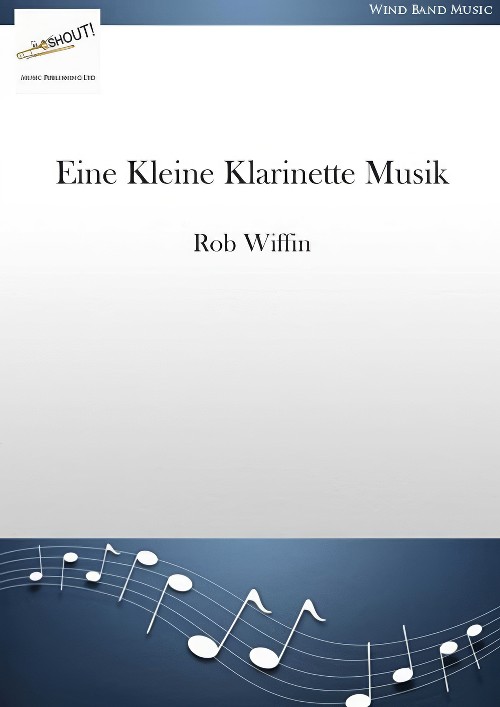 £44.95
£44.95Eine Kleine Klarinette Musik (Clarinet Solo with Concert Band - Score and Parts) - Wiffin, Rob
A solo for solo clarinet and band featuring the well-known tune from Mozart's Eine kleine Nachtmusik. I have always thought that Woody Herman's Golden Wedding is a great showpiece for clarinet. He takes a tune entitled La Cinquantaine by the French Romantic composer Jean Gabriel-Marie (1852 - 1928) and sets it as a big band swing piece complete with Krupa Toms. In seeking to emulate it I suddenly realised that the Rondo from Mozart's Eine Kleine Nachtmusik K.525 had very much the same character if I presented it in a minor key. It was then really just a matter of organizing the various sections, setting them in a swing manner and adding a cadenza-like passage. There is, of course, a strong connection between Mozart and the clarinet. It was fun to write and will hopefully be a fun solo vehicle for clarinettists. - Rob Wiffin. Duration: 3.30
Estimated dispatch 7-14 working days
-
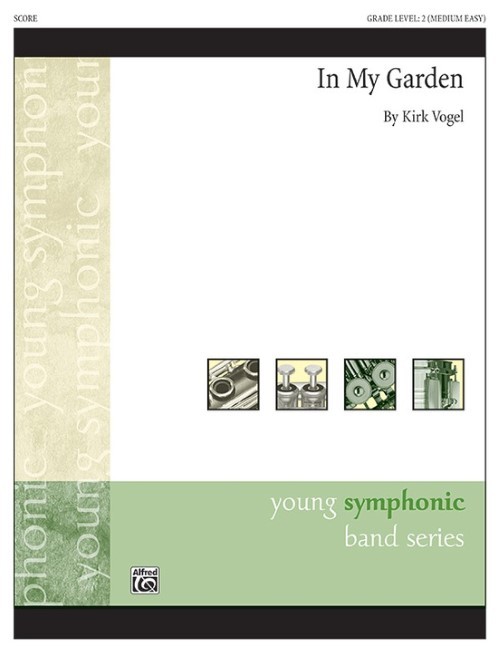 £53.95
£53.95In My Garden (Concert Band - Score and Parts) - Vogel, Kirk
In My Garden is inspired by one family's struggle with an untimely death. The healing process was aided by the construction of a beautiful garden in their back yard with the inscription in stone as you enter saying: If I had a flower for every time I think of you, I could walk forever in my garden.Duration: 4.00
Estimated dispatch 7-14 working days
-
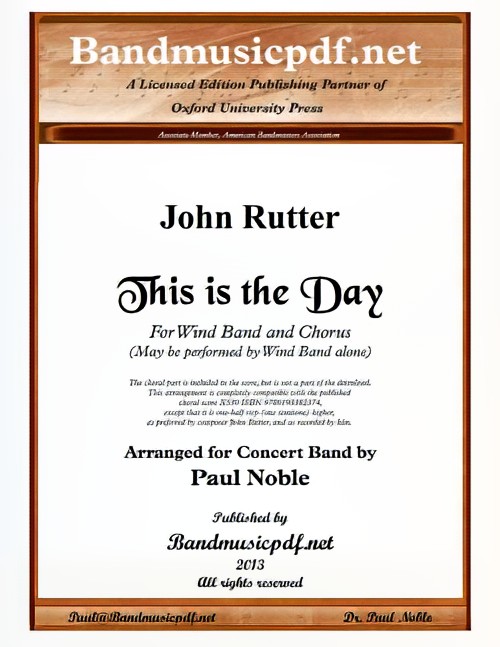 £75.00
£75.00This is the Day (Concert Band with Optional Choir - Score and Parts) - Rutter, John - Noble, Paul
Commissioned by the Dean and Chapter of Westminster Abbey as a wedding gift for Prince William and Kate Middleton, this anthem was composed early in 2011, with a brief that it should be about 4 - 5 minutes in length, for choir and organ, with a text from the psalms. The composer writes: 'My first thought was that the text should embrace both rejoicing and blessing, and I chose verses from five psalms which seemed to encompass what I wanted to express on behalf of us all. My next thought was that I wanted to write music which would be welcoming in spirit to the royal couple, their families, and to all the people witnessing this happy occasion all over the world.' This arrangement for Concert Band and Chorus may be performed by band alone.
Estimated dispatch 7-14 working days
-
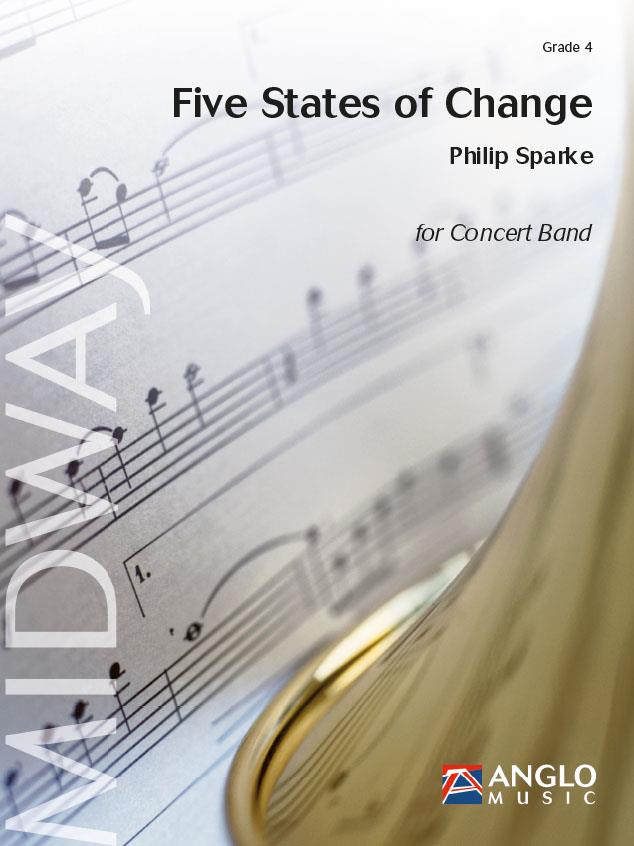 £183.99
£183.99Five States of Change (Concert Band - Score and Parts) - Sparke, Philip
Five States of Change was commissioned by Kunstfactor for the 4th section of the Dutch National Brass Band Championships (NBK) 2011. It is dedicated to Jappie Dijkstra and the Music Information Centre (MUI), Arnhem, Holland, in acknowledgement of their outstanding work in developing band repertoire.The composer writes:The idea for the piece came when I was reading an article about a branch of Chinese philosophy which is abbreviated as Wu Xing*, which has no exact translation but can mean, for example, five elements, five phases or five states of change. It is central to all elements of Chinese thought, including science, philosophy, medicine and astrology, and in simple terms tries to create various cyclic relationships between five elements in all walks of life. An example is: Earth - Metal - Water - Wood - Fire - (Earth) etc. where (in one cycle) earth bears metal, metal changes to liquid (water) when heated, water helps trees grow, wood burns to create fire, fire produces ash (earth) and the cycle continues. I was particularly interested in the cycle of emotions:- Meditation - Sorrow - Fear - Anger - Joy - (Meditation) etc. and thought this cyclic principle would provide an effective emotional journey for a piece of music. So Five States of Change has five equal sections which loosely characterise this emotional cycle. I have tried to make the music grow organically, with minimal repetition, and each movement evolves from the musical elements at the end of the previous one, with the opening material appearing, transformed, at the end of the piece to complete the cycle.*in full Wu zhong liu xing zhi chi or the five types of chi dominating at different times.- Philip SparkeDuration: 12:15
Estimated dispatch 7-14 working days
